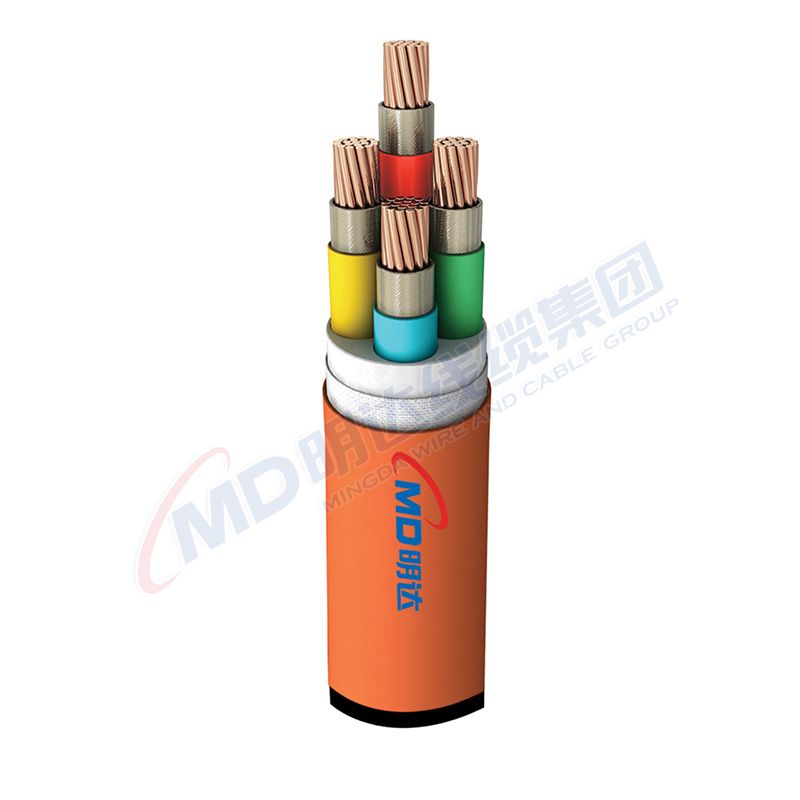10 月 . 30, 2024 11:46 Back to list
casting ball valve
Understanding Casting Ball Valves Design, Function, and Applications
Casting ball valves are integral components in various industries, renowned for their reliability and efficiency in regulating fluid flow. These valves are designed with a spherical ball that controls the flow of liquid or gas through a pipeline. The unique construction method, which involves casting the valve body from molten metal, offers several advantages in terms of durability and strength.
Design Features
The primary feature of a casting ball valve is its spherical ball, which is precisely machined to create a smooth surface for optimal performance. The ball is typically made of materials like stainless steel or brass, enhancing its resistance to corrosion and wear. The valve’s body is cast in one piece, leading to a robust design that minimizes the potential for leaks. This seamless construction also allows for high-pressure applications, making casting ball valves suitable for demanding environments.
Moreover, these valves often come with different seat and seal materials, accommodating various temperature and pressure conditions. The design can be customized to meet specific industry requirements, ensuring that they function effectively in diverse settings.
Functionality
casting ball valve

The operational mechanism of a casting ball valve is relatively straightforward. The ball rotates within the valve body, allowing or obstructing fluid flow. When the valve is open, the hole in the ball is aligned with the pipeline, enabling unimpeded flow. Conversely, when turned 90 degrees, the ball seals off the passage, stopping any flow through the valve. This quick turn operation is a significant advantage, making ball valves the preferred choice for applications requiring rapid shut-off capabilities.
Applications
Casting ball valves are widely used across numerous industries, including oil and gas, water treatment, chemical processing, and HVAC systems. In the oil and gas sector, these valves are used to control the extraction and transportation of fluids under high pressure. Their ability to handle aggressive media makes them invaluable in chemical processing, where corrosive substances are common. Additionally, in water treatment plants, casting ball valves facilitate the safe and efficient management of water flow, contributing to the overall effectiveness of the treatment process.
Conclusion
In summary, casting ball valves play a crucial role in fluid control systems across multiple industries. Their robust design, ease of operation, and versatility make them a go-to solution for engineers and industry professionals seeking reliable performance. As technology continues to advance, the designs and applications of casting ball valves are likely to evolve, further enhancing their effectiveness and efficiency in various applications. Understanding their importance and functionality can help organizations in selecting the right valve for their specific needs, ensuring optimal operation in their processes.
Share
-
Understanding the Differences Between Wafer Type Butterfly Valve and Lugged Butterfly ValveNewsOct.25,2024
-
The Efficiency of Wafer Type Butterfly Valve and Lugged Butterfly ValveNewsOct.25,2024
-
The Ultimate Guide to Industrial Swing Check Valve: Performance, Installation, and MaintenanceNewsOct.25,2024
-
Superior Performance with Industrial Swing Check Valve: The Essential Valve for Any SystemNewsOct.25,2024
-
Industrial Swing Check Valve: The Ideal Solution for Flow ControlNewsOct.25,2024
-
You Need to Know About Industrial Swing Check Valve: Functionality, Scope, and PerformanceNewsOct.25,2024